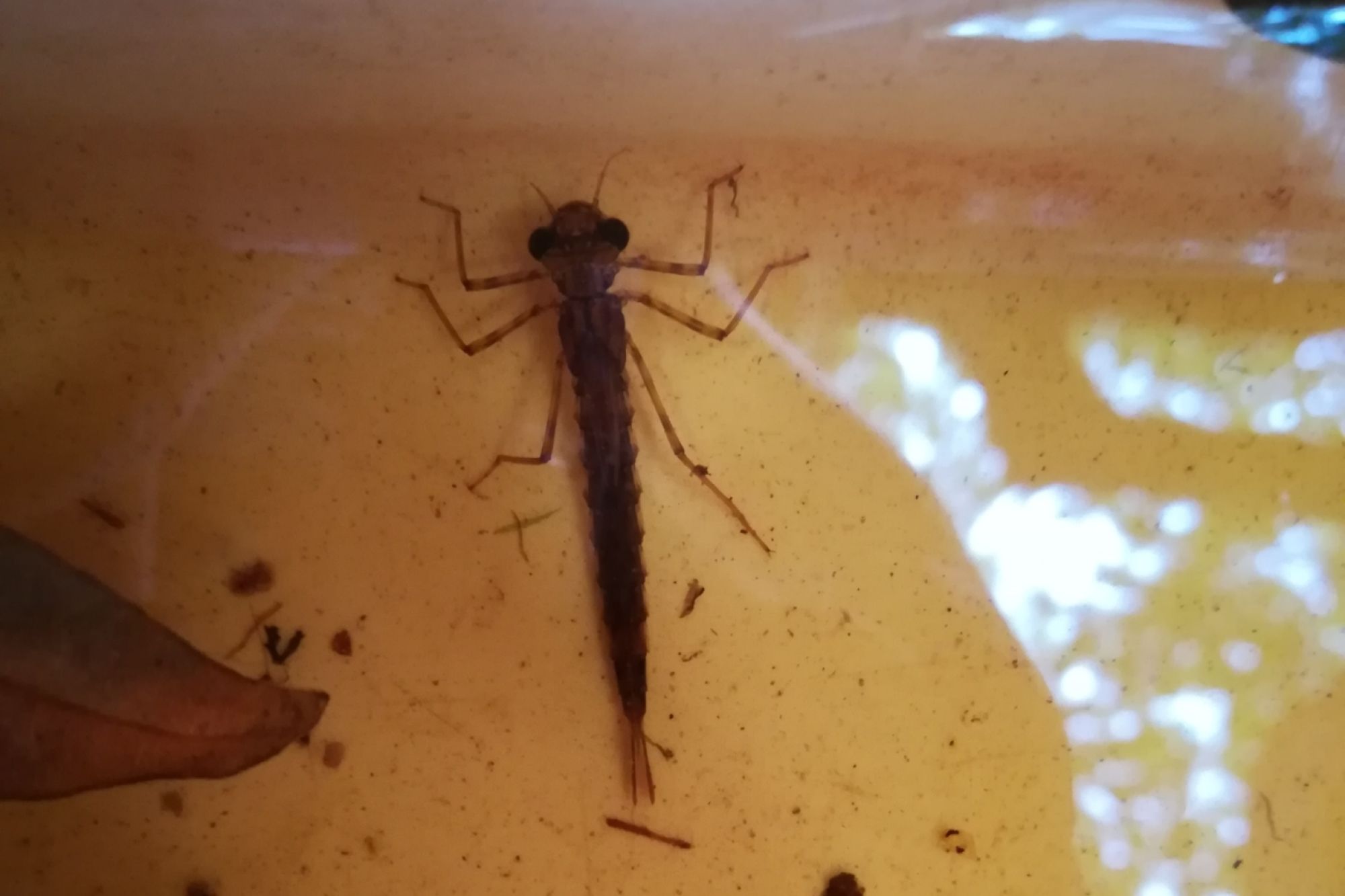Freshwater Biodiversity: Dragonflies and damselflies
Odonata is the name of the order of predatory insects that comprises the dragonflies and damselflies. The name is derived from the Greek word meaning “toothed jaw”. A descriptive referral to the impressive jaws of the larval form of these flying insects. The insect order consists of two sub-orders, namely Anisoptera (dragonflies) and Zygoptera (damselflies). The robust, larger predators and their dainty distant cousins. Approximately 36 species of dragonflies and 27 damselfly species occur in the Western Cape.
Adult damselflies and dragonflies lay eggs in freshwater, where developmental phases take place and when the last “skin” is thrown off, the adult dragonflies and damselflies emerge. Their adult forms are generally the most visible of all semi-aquatic insects, along river reaches and wetlands, especially during the warm summer months. And this was certainly the case during a recent survey of rivers of the Outeniqua Nature Reserve Complex World Heritage Site.
Clean, mostly undisturbed river systems generally house the highest diversity of dragonfly and damselfly species, which was very evident during the recent survey. The rivers sampled ranged from channels running through wetlands on the northern slopes, to cobble and boulder rivers and streams on the southern slopes, all providing ample habitat for a diversity of Odonata species.
Of the dragonflies, emperor, hawkers and dropwing species were widely distributed, with larvae and adults occurring at many of the river sites visited. Species observed included individuals of the Jaunty Dropwing at the Kamma River, the Cape Skimmer and Little Scarlet at the Slang River and, the Orange Emperor at the Saffraan River.
Numerous damselfly species were observed, and larvae sampled at most of the sites, including malachites, riverjacks, sprites and threadtails. Some species noted during the survey included individuals of the Goldtail at the Meul River, the Palmiet Sprite at the Kandelaars River and the Sooty Threadtail at the Slang River.
A female Orange Emperor dragonfly perched on a branch near the Saffraan River during the Outeniqua Nature Reserve Complex rivers survey in January 2022. Image taken by Dr Marienne de Villiers.
A male (blue) and female (slight orange) Palmiet sprite (Pseudagrion furcigeru) mating at the Kandelaars River. Photo taken by Dr Marienne de Villiers.
A White Malachite damselfly male perched on restio at the Kandelaars River. Photo taken by Dr Marienne de Villiers.
A male Jaunty Dropwing dragonfly perched on a restio leaf at the Kamma River in January 2022. Image taken by Dr Marienne de Villiers.

A damselfly larva of the family Coenagrionidae (one of the worlds most diverse Odonata families), collected in the Keurbos River near George. Photo was taken by Jeanne Gouws.
How can I assist you today?
How can I assist you today?